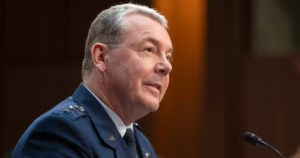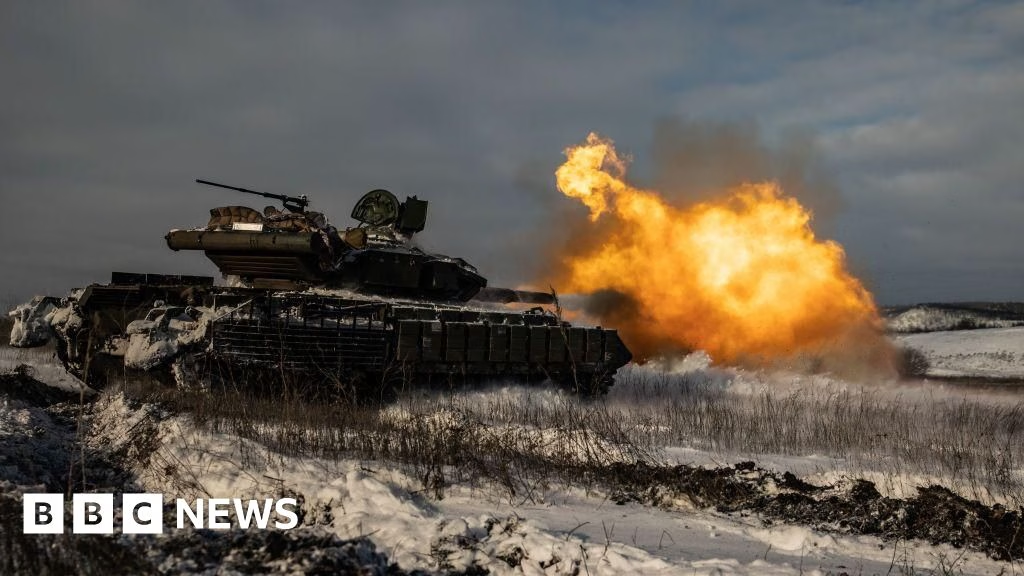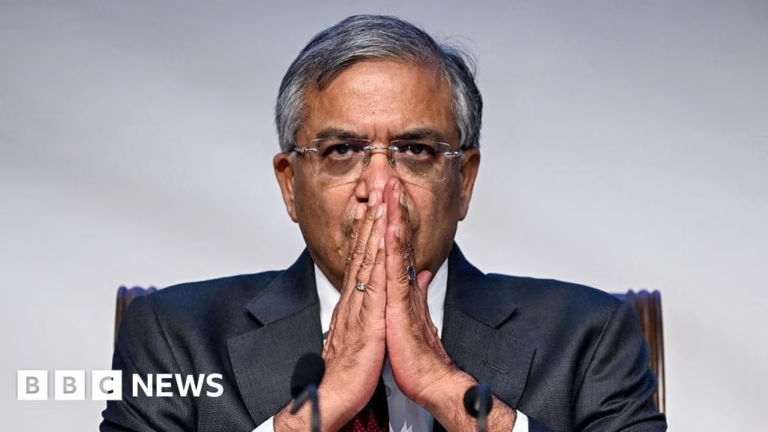President Donald Trump’s recent decision to halt all US assistance to Ukraine has come as a significant setback, impacting not only Ukraine but also its European allies who have been advocating for continued US support.
This isn’t the first instance of US military aid being withheld. Back in the summer of 2023, Republicans in Congress blocked then-President Joe Biden’s largest military aid package for Ukraine.
At the time, Ukraine managed to stretch its existing ammunition supplies with the aid of Europe. Congress eventually approved a £60 billion aid package in the spring of 2024, just in time as Ukraine was fighting off a renewed Russian assault in Kharkiv. The delayed US weapons played a crucial role in turning the tide in Ukraine’s favor.
Though it may take months for the impact of cutting off US aid to manifest in terms of ammunition and hardware, with European nations increasing their production of artillery shells, overall Europe now provides Ukraine with more than sixty percent of its aid, surpassing the US contribution.
Nevertheless, US military support remains crucial for Ukraine. A Western official described it as the “cream” when it comes to weaponry. Ukraine’s defense capabilities rely heavily on sophisticated US air defense systems, such as Patriot and NASAMS batteries, developed in collaboration with Norway.
The US has also provided Ukraine with the capability to launch long-range strikes using HIMARS and ATACMS missiles, though their use inside Russia is restricted; they have been vital in targeting key sights in occupied territories.
The US contribution is not just about quality but also quantity. As the world’s most powerful military, the US has been able to supply hundreds of surplus Humvees and armored vehicles—the numbers dwarf the capabilities of smaller European militaries.
The absence of some of this aid might take time to affect the frontline, but there’s a more immediate and concerning impact on intelligence sharing. No nation can match the US in terms of space-based surveillance, intelligence gathering, and communications, including inputs provided by commercial companies.
Take Elon Musk’s Starlink satellite communication network, for example. Every Ukrainian position on the frontline I’ve visited has a Starlink dish. These are used to relay real-time battlefield information and have been essential in coordinating artillery and drone strikes. In the past, the Pentagon has funded this crucial communication network, but given Elon Musk’s critical stance on Ukrainian President Volodymyr Zelensky, it is unlikely he’ll continue funding this effort.
Will the US prevent European countries from sending their US-made equipment to Ukraine? When Europe sought to provide US-manufactured F-16 jets to Ukraine, they first had to secure Washington’s approval. Additionally, what will happen to the maintenance of US-supplied equipment? The US has been training Ukrainian forces and helping them maintain US-supplied gear. Biden lifted restrictions on US contractors working in Ukraine towards the end of his term, particularly crucial for maintaining F-16 jets, which require engineers and spare parts to keep running.
Trump’s decision to pause aid might be seen as petty by many in Ukraine and beyond. However, it also appears to be politically motivated to force earlier negotiations. European allies hope this is just a temporary pause, as without US support, Ukraine’s struggle for survival will only intensify.
Source: https://www.bbc.com/news/articles/ce8yz5dk82wo








